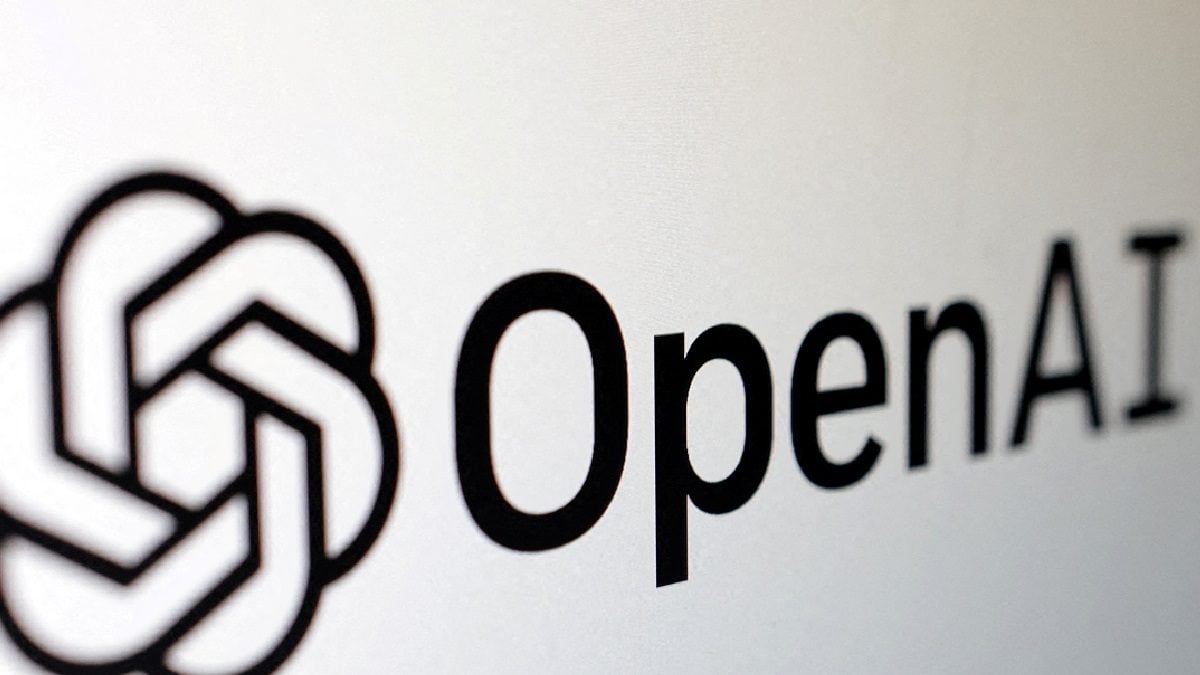Reflow Profiling Optimize Soldering in SMT Assembly
During the mass production of PCB assemblies, soldering takes place in a reflow oven or wave soldering machine. Soldering involves transferring heat to the surface mount components (SMT) and the printed circuit board to melt the solder paste, wet the component pins with flux and metallurgical bond the solder spheres together for electrical and thermal connection. Profiling is the process to determine the proper time duration and temperature that a PCB assembly must endure throughout the reflow cycle1.
A successful SMT placement requires a precise reflow profile for the assembly. A poorly optimized reflow profile can lead to numerous problems including component burst or crack, tombstoning, slumping, graping, bridging, virtual soldering, and delamination of the PCB. These are all related to the improper transfer of heat through the PCB to the surface mount components.
Reflow profiling optimizes the soldering in smt assembly by defining the reflow oven temperature profile for the particular application. A good reflow profile has four stages – Preheat, Soak, Reflow and Cooling. The reflow process starts with the PCB and components being preheated to a controlled soak temperature, being careful not to overheat the PCB or component. This prevents warpage and cracking of the components and ensures that the solder paste has sufficient time to reflow, wet the copper pads and component pins and create a strong solder joint.

How Does Reflow Profiling Optimize Soldering in SMT Assembly?
The next phase of the reflow cycle is the soaking zone, which allows the components and solder to soak for a period of time, not exceeding the reflow recommended time limit by the manufacturer of the SMT paste. The goal of the soaking zone is to allow the molten solder to wet and coalesce with the SMT pads and component pins, while maintaining a controlled temperature level within the soaking zone to avoid overheating which can cause solder bridging or voiding.
Finally the reflow phase takes place, which is where the solder is reflowed to its liquidus temperature (TAL). This is a high peak temperature which allows the SMT components and the copper on the PCB to reflow and form a strong, reliable solder joint.
To establish a reflow profile, the circuit board used for testing is wired with thermocouples. These thermocouples are attached to a high-temperature resistant recording device that travels through the reflow oven with the circuit board. A computer is connected to the data recorder, and software is used to analyze the recorded temperatures and determine a reflow profile for the circuit board.
Typically, the profile developed is a Ramp-Soak-Spike (RSS) profile. This is a good starting point for the reflow process because it enables the SMT assembly to have a consistent temperature profile, which minimizes thermal shock and avoiding hot spots on the PCB. It also allows the solder to achieve a peak temperature before it begins cooling down, which helps eliminate cold spots and bridging on the final solder joint. The RSS profile is especially important for BGA and other array packages.



